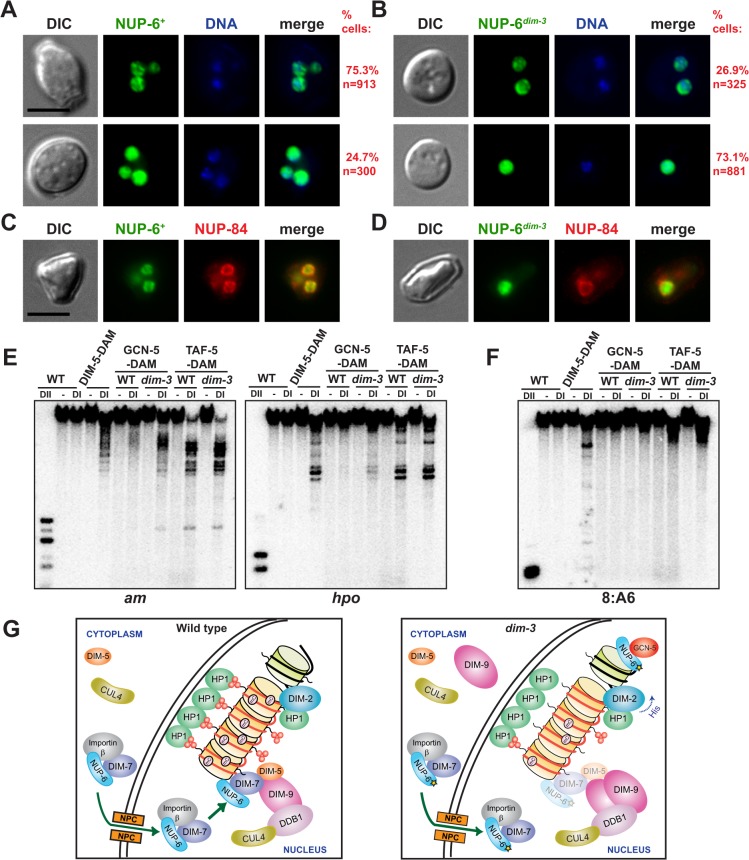Fig 7. Abnormal localization of NUP-6dim-3 and increased euchromatic localization of SAGA.
[A-B] Representative differential interference contrast (DIC), GFP fluorescent, Hoechst33342 stained DNA, and merged images of [A] dim-3 + cells expressing NUP-6-GFP or [B] dim-3 cells expressing NUP-6dim-3-GFP. Each panel displays one conidium, with one to three nuclei visualized. Top panels show examples of localization at nuclear periphery and bottom panels show examples of dispersed nuclear localization. Percentages of conidia exhibiting each pattern are listed on the right; the P value for loss of membrane localization is <1x10−124 (X2-test). Densely staining DNA foci are thought to represent centromeric heterochromatin [11]. Scale bar indicates 5 μm. [C-D] Differential interference contrast (DIC), GFP fluorescence, mCherry fluorescence, and merged images of strains expressing the nuclear pore complex member NUP-84-mCherry and [C] NUP-6-GFP or [D] NUP-6dim-3-GFP. Scale bar indicates 5 μm. For C, one conidium with three nuclei (one out of the focal plane) is displayed. For D, a conidium with one nucleus is displayed. [E-F] DamID experiment, as in Fig. 3, of SAGA complex members GCN-5-DAM and TAF-5-DAM in dim-3 + (WT) and dim-3 strains, probed for [E] euchromatic regions (am, hpo) or [F] a heterochromatic region (8:A6). [G] Illustrations depicting how heterochromatin and DNA methylation depend, at least in part, on a nuclear transport-independent role of NUP-6. In wild type strains (left), DCDC components are hypothetically transported into the nucleus by the NUP-6/Importin β dimer through the Nuclear Pore Complex (NPC), and NUP-6 facilitates formation of active DCDC, which then catalyzes H3K9 methylation. HP1 binds H3K9me3 and directly recruits DIM-2, catalyzing DNA methylation (mC). In the dim-3 mutant (right), decreased H3K9me3 and DNA methylation at heterochromatin results from diminished localization of DIM-7 and DIM-5 to A-T-rich DNA, despite appropriate nuclear transport. Remaining H3K9me3 is bound by HP1, which efficiently recruits DIM-2 if histidine is absent. Dim-3 strains also exhibit an increase in nuclear DIM-9 and an increase in GCN-5 targeting to euchromatin.

